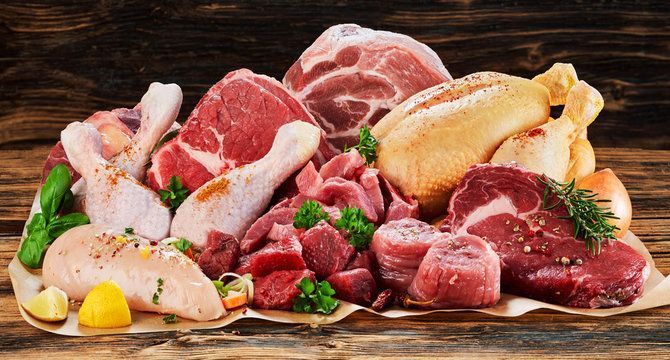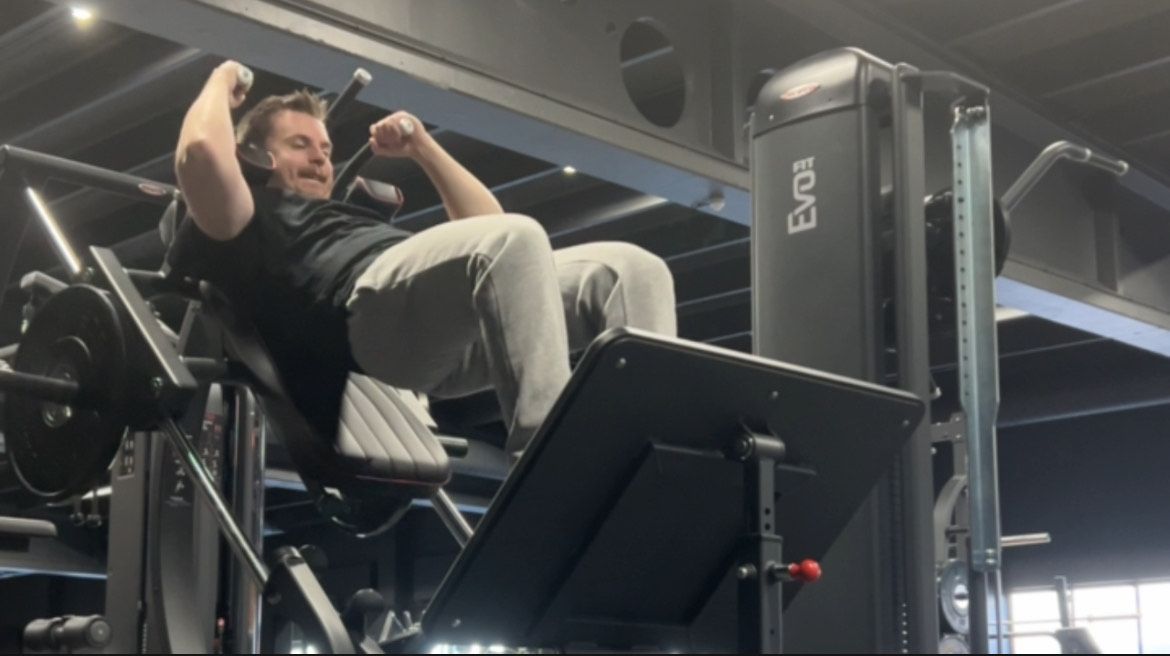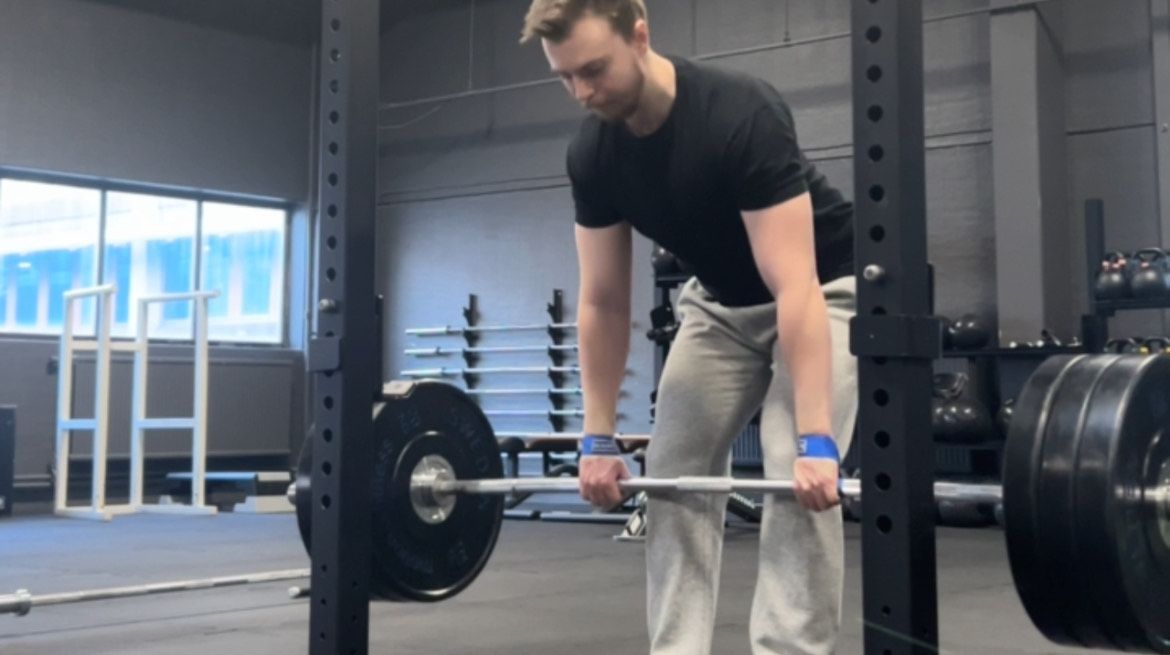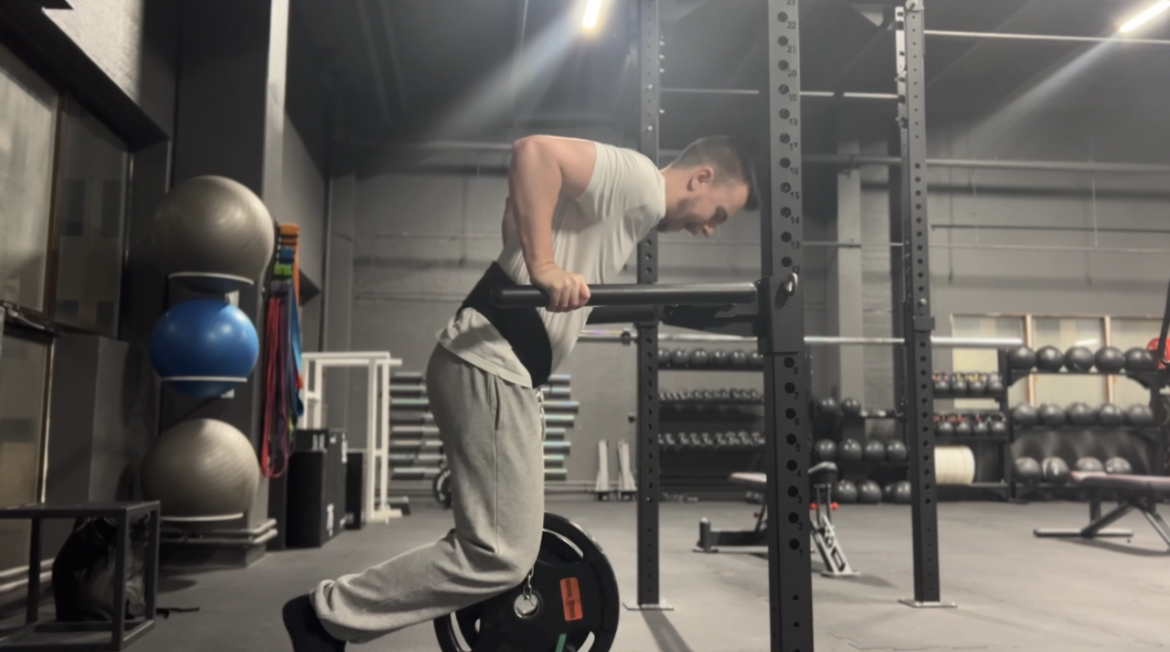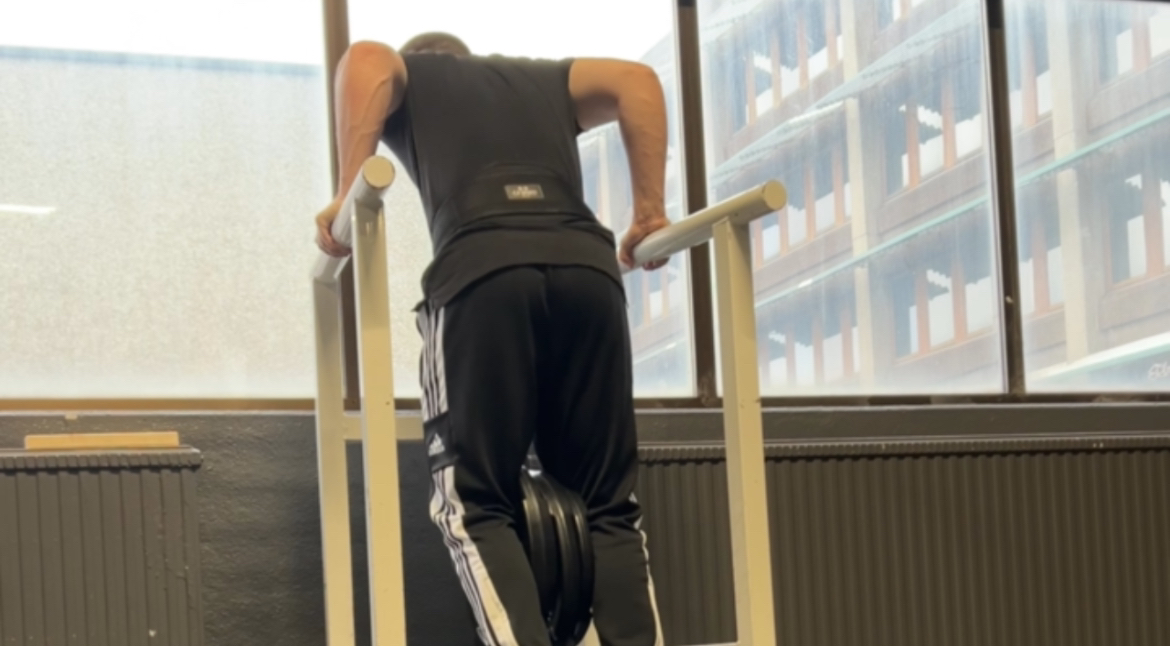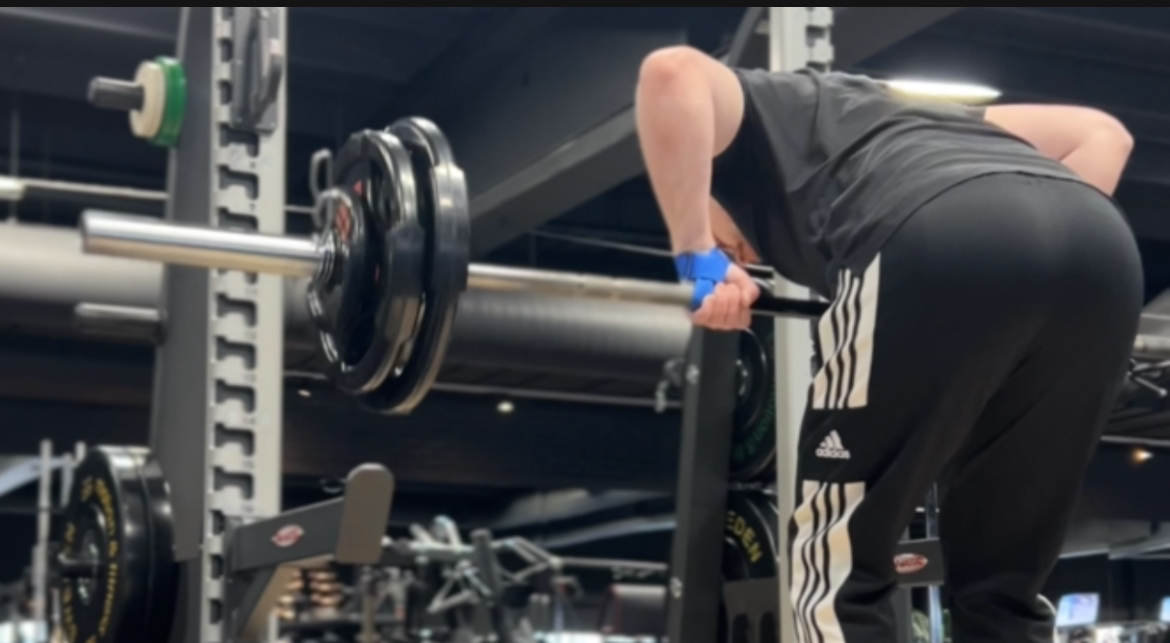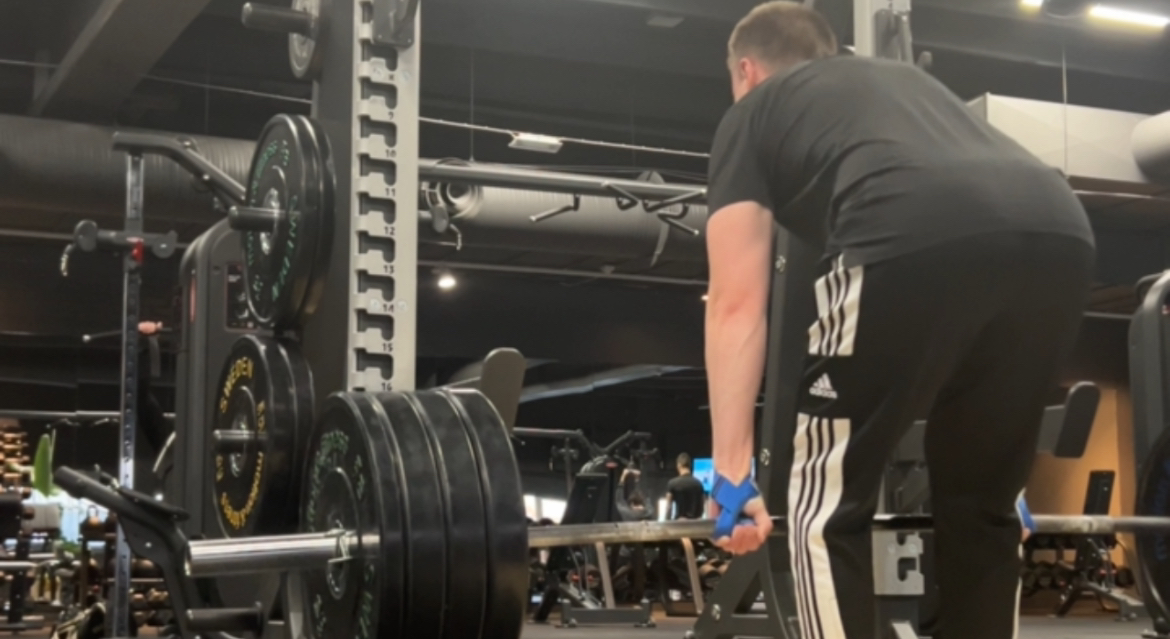The importance of progressive overload
Why you're not building muscle
When it comes to building muscle, one of the most important principles to understand is progressive overload. This concept is the foundation of strength training and muscle growth, ensuring that your body continuously adapts and improves over time. Without progressive overload, your progress can stagnate, making it harder to gain muscle and strength.
What Is Progressive Overload?
Progressive overload refers to the gradual increase in stress placed on the muscles during training. This increase forces the muscles to adapt, grow stronger, and become more resilient. If you lift the same weight for the same number of reps every workout, your body will have no reason to grow. By consistently challenging your muscles with increased resistance or intensity, you stimulate continuous muscle development.
How to Apply Progressive Overload
There are several ways to implement progressive overload into your workouts:
1. Increase Resistance
- The most common method is to gradually increase the weight you lift. For example, if you’re bench pressing 100 pounds, try adding 5–10 pounds over time.
2. Increase Repetitions
- If lifting heavier isn’t an option, adding more reps can still challenge your muscles. For example, instead of doing 8 reps, aim for 10 or 12.
3. Increase Sets
- Doing more sets increases the overall training volume, leading to greater muscle stimulus. If you usually perform 3 sets of squats, try increasing to 4.
4. Improve Exercise Form and Control
- Focusing on better form and controlled movements (such as slowing down the eccentric phase) can increase the difficulty without adding weight.
5. Decrease Rest Time
- Reducing rest periods between sets forces your muscles to work harder, leading to improved endurance and growth.
Why Progressive Overload Is Crucial
- Prevents Plateaus: If you don’t continuously challenge your muscles, they won’t grow. Progressive overload ensures ongoing improvement.
- Enhances Strength and Performance: By constantly increasing the demands on your muscles, you become stronger and more capable over time.
- Promotes Muscle Growth (Hypertrophy): A higher training stimulus leads to increased muscle fiber breakdown and repair, resulting in muscle hypertrophy.
- Boosts Metabolism: More muscle mass leads to a higher resting metabolic rate, helping with fat loss and overall body composition.
Final Thoughts
Building muscle isn’t just about lifting weights—it’s about challenging yourself over time. Implementing progressive overload in your workouts ensures that your muscles continue to grow, preventing stagnation and maximizing results. Whether you’re a beginner or an experienced lifter, consistently applying this principle will take your strength and muscle gains to the next level.
